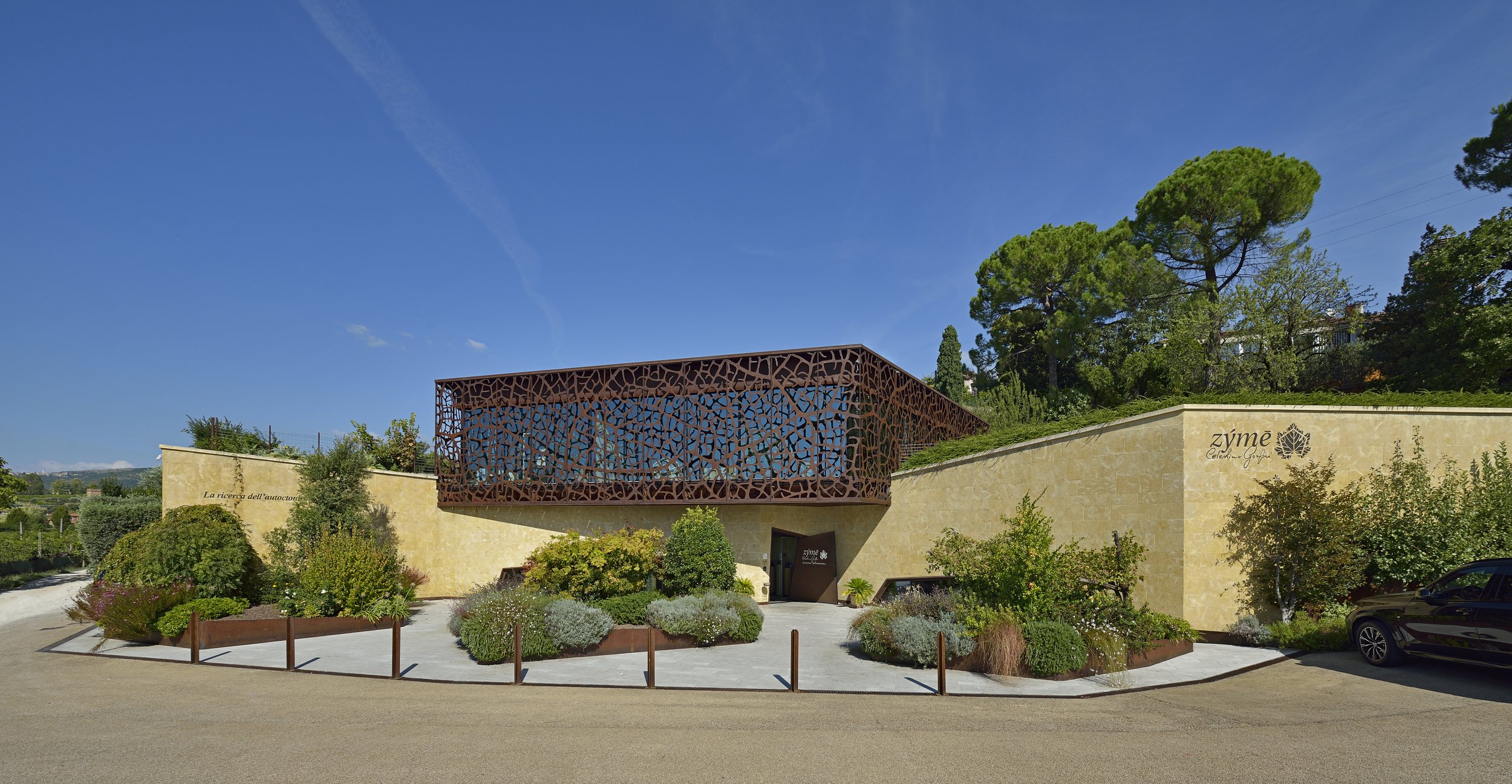Zýmē, Valpolicella, Italy
Zýmē, Valpolicella, Italy
The name Zýmē derives from Greek and means “yeast”, an indispensable element in the world of oenology. It also bears a symbolic meaning, since it conjures up the concept of naturalness and fermenting, a continuous striving towards transformation, a fundamental value in Celestino Gaspari, owner of Zýmē estate’s professional and existential vineyard journey.
“I was born in the hills of Valpolicella. Since childhood my father taught me to breed cattle, pigs, as well as the discipline of grazing and forestry, with all its related activities. Over time l managed the vineyard and then I was introduced to winemaking and to Valpolicella’s quintessential winemaker, Giuseppe Quintarelli,” says Celestino. “I started from scratch in the world of viticulture and oenology, Bepi Quintarelli taught me the value of old vines and with time I understood that the vine is like man, it can grow in wisdom or in stupidity, it depends on where and how it is planted and cared for, therefore there is no old vine that always produces quality, it has a formidable ability to adapt to the environment and to the needs of its farmer.”
Celestino’s vineyards, many of which have been leased over long term rentals, span from the Berici hills in northeastern Italy to Valpolicella, Collina della Grola in Sant'Ambrogio and San Floriano, with an additional 3ha vineyard on Monte Masua in Negrar, home to the 50 and 70 year-old-vines planted to the old training system known as "tirela" with 2,500 vines/ha. This vineyard is planted to a mix of indigenous varietals: Brusina, Dindarella, Pelara, Negrara, Nebbiolo, Croatina, Sangiovese, plus other local vines. These old vineyards have been spared from being ‘grubbed up’, thanks to a financial plan by which Celestino consciously pays above the asking price for the grapes.
Celestino’s passion and experience in research and conservation has led to the recovery of buds from un-known vines found at over a thousand meters high and re- grafted to comprehend better their viticultural heritage. He is responsible for the certification of the native Oseleta variety which led to it being valued and protected under the "Province of Verona”, while his commitment to protecting old vines is driven by their "wisdom" that translates into elegant, complex and charismatic wines, in respect of nature.
Over the past 40 years Celestino has witnessed the synergy between technical research and innovation in the agricultural sector, where on the one hand there has been a radical and sector-driven evolution of technologies, yet on the other hand an impoverishment of the soil, along with a reduced capacity for self-protection on the part of microflora and microfauna. This often-paradoxical situation led him to embrace the principles which underline his philosophy of production: eco- sustainability and respect for the rhythms dictated by nature.
Tradition and innovation are the two complementary tracks on which Zýmē’s wine production moves forward: respect for the historic wines of Valpolicella and that of innovation and experimentation with new wines that will enhance and renew the local terroir. Culture, history, tradition, innovation – a glass of wine is so many things, but for Celestino wine is above all yeast for the mind that nurtures Zýmē’s constant evolution.
For more information visit:
zyme.it


